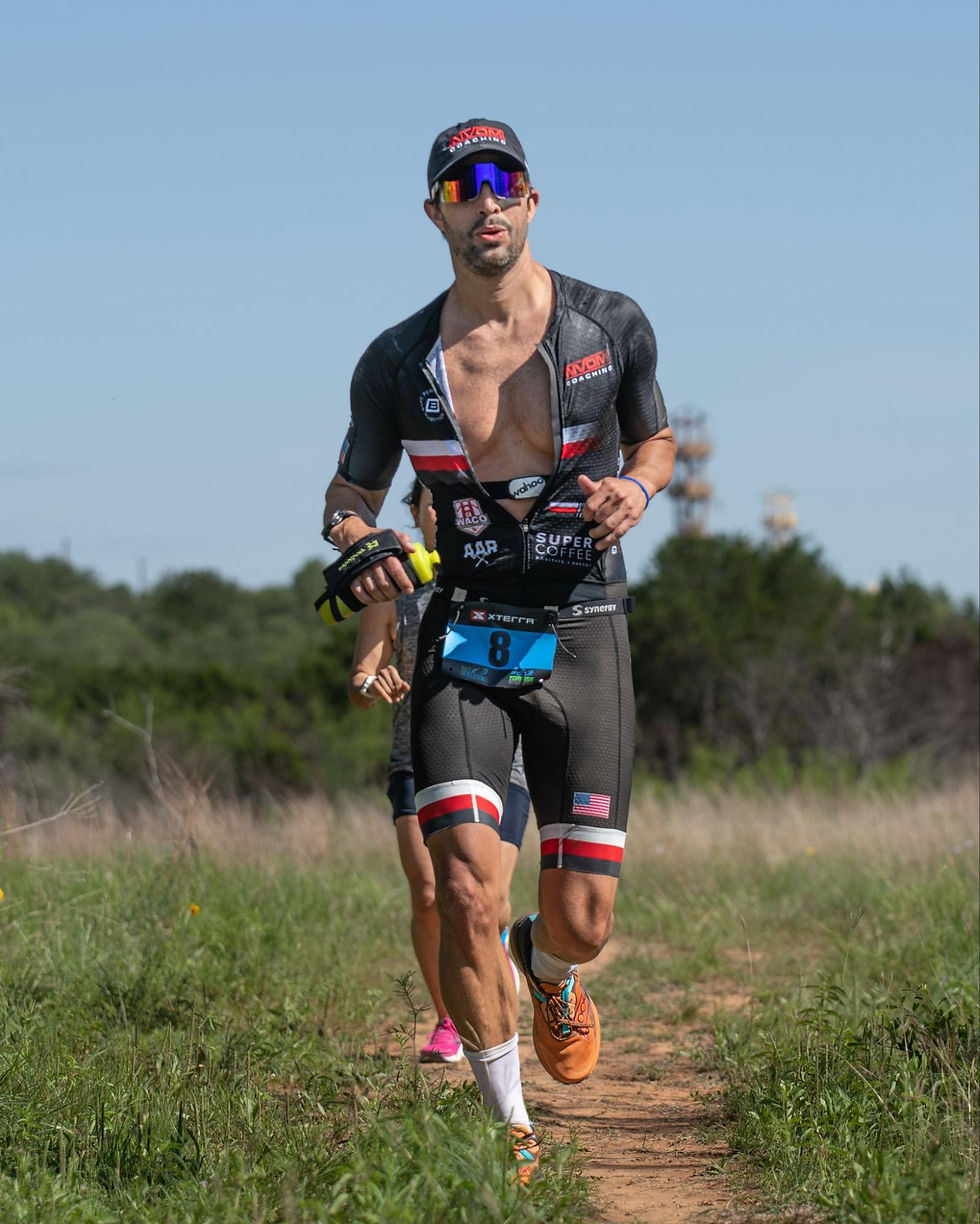The Mentality of Performance and Racing
- Scott Baldwin

- Jul 15, 2025
- 3 min read
It All Starts with Every New Day
Grit your teeth—and own it.
Last week on the pool deck, I had a conversation with an athlete gearing up for a big race. He told me how much he loves training, but that racing always feels stressful and painful. And honestly? He’s right.
Racing is painful.
But as athletes, pain isn’t new to us. It’s part of what we sign up for. It’s woven into the sport. So let’s break it down.

1. Train Like You Want It
Every morning, you wake up with a choice: go through the motions or train like you mean it.
You chose this life—early mornings, long sessions, hard efforts—for a reason. So when you’re standing at the start of a tough workout, don’t think about what came before or what’s coming after. Think about right now.
Be where your feet are. Own the session in front of you.
If it’s going to hurt, meet the pain head-on. If it’s something new, lean in with curiosity. Every session has a purpose. Respect it. Don’t settle for going through the motions. And if the workout doesn’t go perfectly? No pity parties. You move on, better and stronger for having tried.
2. Racing Hurts—And That’s the Point
Let’s be honest: racing is hard. Whether it’s a marathon, a 70.3, or a local sprint—it’s uncomfortable. It can make you doubt yourself. It can keep you up the night before. But it can also bring out your best.
You’ve trained for this. You’ve sacrificed time, tested your limits, and pushed through setbacks. Race day is a celebration of that commitment—not a guarantee that it’ll feel good, but a reminder that you can do hard things.
STORY TIME:
At one of my 70.3 races, I nearly psyched myself out of holding 240W on the bike. It felt like too much for two-plus hours. For a moment, I let doubt creep in. But I reminded myself: I’d done the work. I was capable. I pushed through and walked away with a normalized power of 243W over 2 hours and 15 minutes. Nailed it.
Your mind will try to protect you from discomfort—but don’t let fear override what your training has proven.
Pain isn’t new. You’ve already lived it. Now it’s time to race with it.
3. Take Notes and Get Better
Race day isn’t the time to critique yourself. You’re riding high on adrenaline, emotion, and endorphins. So don’t overanalyze right away.
Instead, be present. Celebrate. Hug your teammates, call your family, feel proud.
Then—after a day or two—sit down and reflect. What went well? What would you do differently? Write it all down. Use your phone’s Notes app, a Google Doc, a journal—whatever helps you think clearly. This is where growth happens.
Race by race, you build a better version of yourself—not just physically, but mentally.
Final Thought
If there’s a part of racing or training that you’re struggling with, let’s talk. I’m always happy to hop on a call and dig into the mental side of performance with you.
If you’re looking for personalized coaching, or feel like it’s time for a change in how you approach your training, I’m here for that too.
I want you to be your happiest, strongest, most fulfilled self as an athlete—while keeping the joy and balance that brought you to the sport in the first place.
Stay moving.
